Say Hello!
Sign In
- Health and Safety
How to treat Altitude Sickness?
So I hope many people must have got inspired by the famous dialogue of Ranbir Kapoor in the movie 'Yeh Jawani Hai Deewani' which outlines "Jaise pahad chadna, tumhare liye yeh sirf ek trek ho...mere liye nasha hai". After watching this movie, I am sure that you might have developed an urge to go on a trek and climb a mountain as soon as possible. But shifting from a scripted imaginary world into a world of harsh realities, we get to know a trek isn't as easy as it was shown in that movie. There are a lot of medical sciences that need to be properly understood before you advance for a trek to a high altitude region. Altitude sickness is the most important term that should be properly addressed to a trekker. These kinds of sickness can even end up taking an individual's life. Hence, it is mandatory for a climber to be aware of the symptoms, prevention, and treatment of altitude sickness.
Adi is an alcoholic. Adi drinks alcohol at high altitudes. Don?t be like Adi because the consumption of alcohol at high altitude is also a cause for altitude sickness. Coming to the point, there is a detailed explanation about the altitude sickness and its treatment in the below segment.
What is Altitude Sickness?
Altitude sickness or acute mountain sickness is a condition in which a group of symptoms can afflict altogether when you ascend to a high altitude at a rapid pace. We should have complete knowledge about this sickness in order to successfully get along with our trek or mountain expedition.
Why does this happen?
Our anatomy gets used to the living conditions of the place where we continue to live. Any drastic change in the vicinity can result in an imbalance which our body fails to resist at once. When we move to a highly elevated place, the pressure drops and the oxygen in the surrounding tends to decrease gradually. Our body needs an ample amount of time in order to adjust to the environment and climate of that place. The average human body needs at least 1-3 days to get acclimatized to the condition properly. Generally, anything above the 8000 feet mark can prove to be a strong contending factor for the development of altitude sickness.
Who can get altitude sickness?
Irrespective of how physically fit and healthy an individual is, when it comes to altitude sickness, anyone can develop it. The irony is, the more physically active you are at a high altitude, the more prone you are to altitude sickness.
The risk of developing altitude sickness is dependent on where you live from the mean sea level and how acquainted you are with high altitude. If you have had suffered from altitude sickness before, you are more prone to develop it again. Young people are more likely to develop altitude sickness. There isn't any stereotype that people with diabetes or lung diseases are more prone to it but your genes could play a major role in supporting your body at higher altitudes.
The chances of developing an altitude sickness also depend on :
1. The frequency at which you ascend
2. The elevation you are planning to reach
3. The altitude where you sleep
4. The foodstuffs and liquids that you consume
What are the types of altitude sickness?
Altitude sickness comprises of 3 types :
1. Acute Mountain Sickness
2. High altitude Cerebral Edema (HACE)
3. High altitude Pulmonary Edema (HAPE)
One of the most important prevention is to recognize the type of symptoms and know which kind of altitude sickness you have. This can help you to treat the sickness early when the condition is still mild.
1. Acute Mountain Sickness
It is the mildest and considered to be very common at high altitudes. It is basically due to reduced air pressure and oxygen.
The probable symptoms are:
1. There is a prolonged headache within 2-10 hours of new altitude
2. A sense of dizziness
3. Aching in the muscle
4. There is an abrupt increase in the heart rate which leads to shortening of breath
5. Nausea or vomiting is quite common
6. Deprivation or trouble in having sleep
The treatment for acute mountain sickness :
1. An individual should wait for 10 hours for the improvement of the symptoms.
2. In case it doesn't improve, he or she needs to immediately descend 1000-2000 feet.
3. If he or she finds it difficult to ascend, oxygen treatment can be very useful to restore the condition.
2. High altitude Cerebral Edema (HACE) :
It is the severe progression of acute mountain sickness. It occurs when there is fluid in the brain. Although it is very rare, it is still considered to be very fatal. It proves to be life-threatening and demands medical attention immediately. The condition of an individual suffering from acute mountain sickness gets worse after the introduction of HACE. A person suffering from HACE don't generally realize they are ill and may insist on being alright when they are not.
The symptoms are:
1. Ataxia, where a person is unable to walk straight or the tendency to wobble while walking because of the affected cerebrum. It is something similar to the after-effects of alcohol where you can't walk in an aligned manner.
2. Altered mental state due to drowsiness, confusion, and change in speech and mobility.
3. Loss of consciousness can sometimes lead to a coma if the condition gets worse.
The treatment includes:
1. Descending the elevation immediately but with less effort in order not to exasperate the symptoms.
2. The intake of some emergency drugs such as dexamethasone ( a steroid ) that proves to be quite useful in the reduction of the intensity of HACE.
3. Supplementation of oxygen with the help of oxygen cylinders.
4. Proper medication
3. High altitude Pulmonary Edema (HAPE):
This condition is the escalation of HACE which generally develops on its own after one to four days to the advancement of 8000 feet. It is also very fatal and can manage to take the life of a person. This occurs due to swollen lungs or leaking of fluid into the lungs. Like HACE, this condition is very rare.
The symptoms of HAPE are :
1. Dyspnea, which is the shortness of breath.
2. Cyanosis, where your mouth and fingers turn bluish in colour
3. There is an abrupt increase in heart rate and breath of an individual
4. A sense of complete weakness
5. Tightening of the chest
6. Introduction of a severe cough
The treatment includes:
1. Descending to a lower altitude
2. Supply of oxygen via oxygen cylinders
3. Intake of emergency drugs such as Prophylaxis.
4. Pre consumption of Nifedipine or Salmeterol before 24 hours which can reduce the incidence of HAPE.
There is a saying that 'prevention is better than cure'. So instead of treatment, we should be more aware of how to prevent the onboarding of these mountain sicknesses. An individual never wishes to reach the summit and then fall prey to these kinds of sickness which can completely ruin their mountain expedition and may even end up being fatal. Although these kinds of serious sickness are rare, we should still prepare ourselves for the worst case that we can undergo during the whole journey. Most of the young and enthusiast climbers nowadays carry a heap of an adrenaline rush. They try to ascend a mountain without any preventive measures and ultimately end up losing their life. If you love climbing, there is absolutely no need to stop or be afraid if you follow the proper guidelines and take preventive measures before and during your expedition.

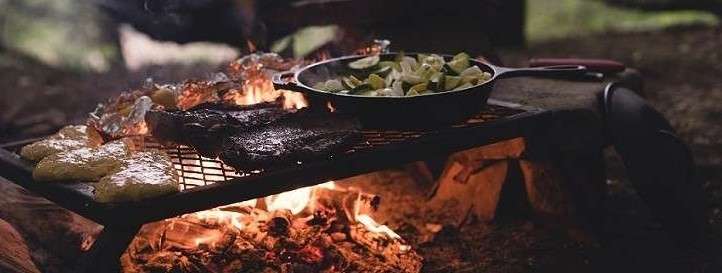
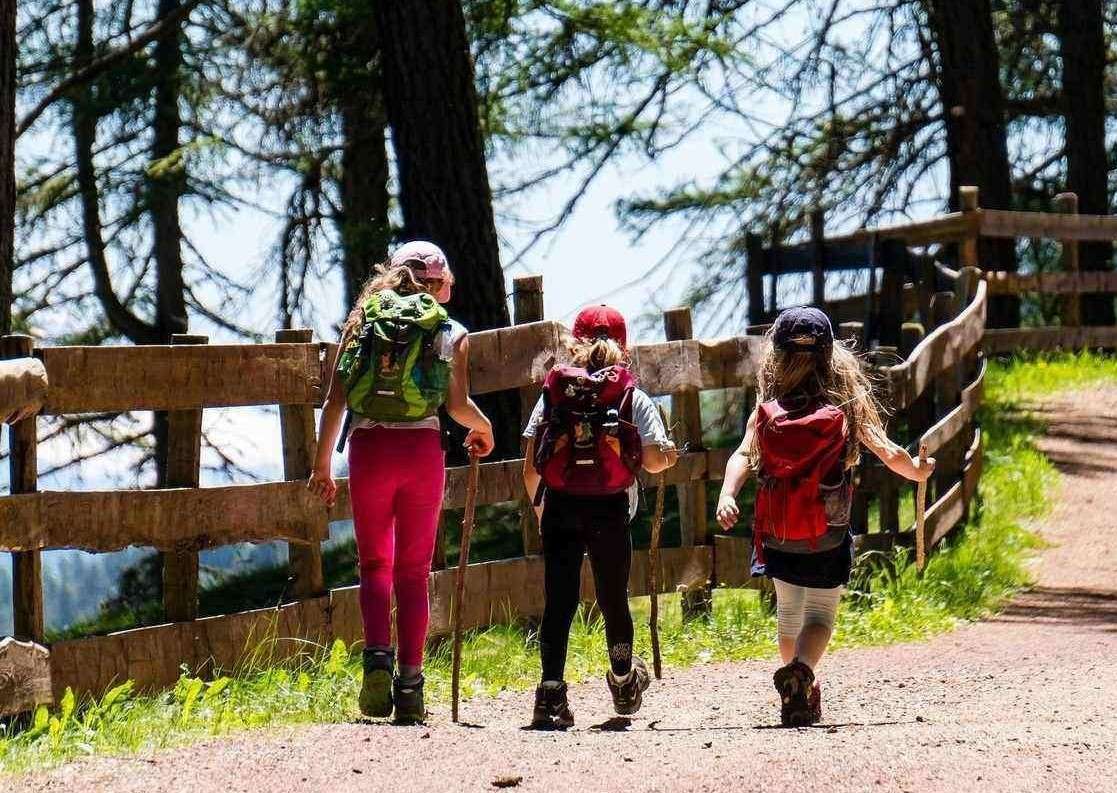
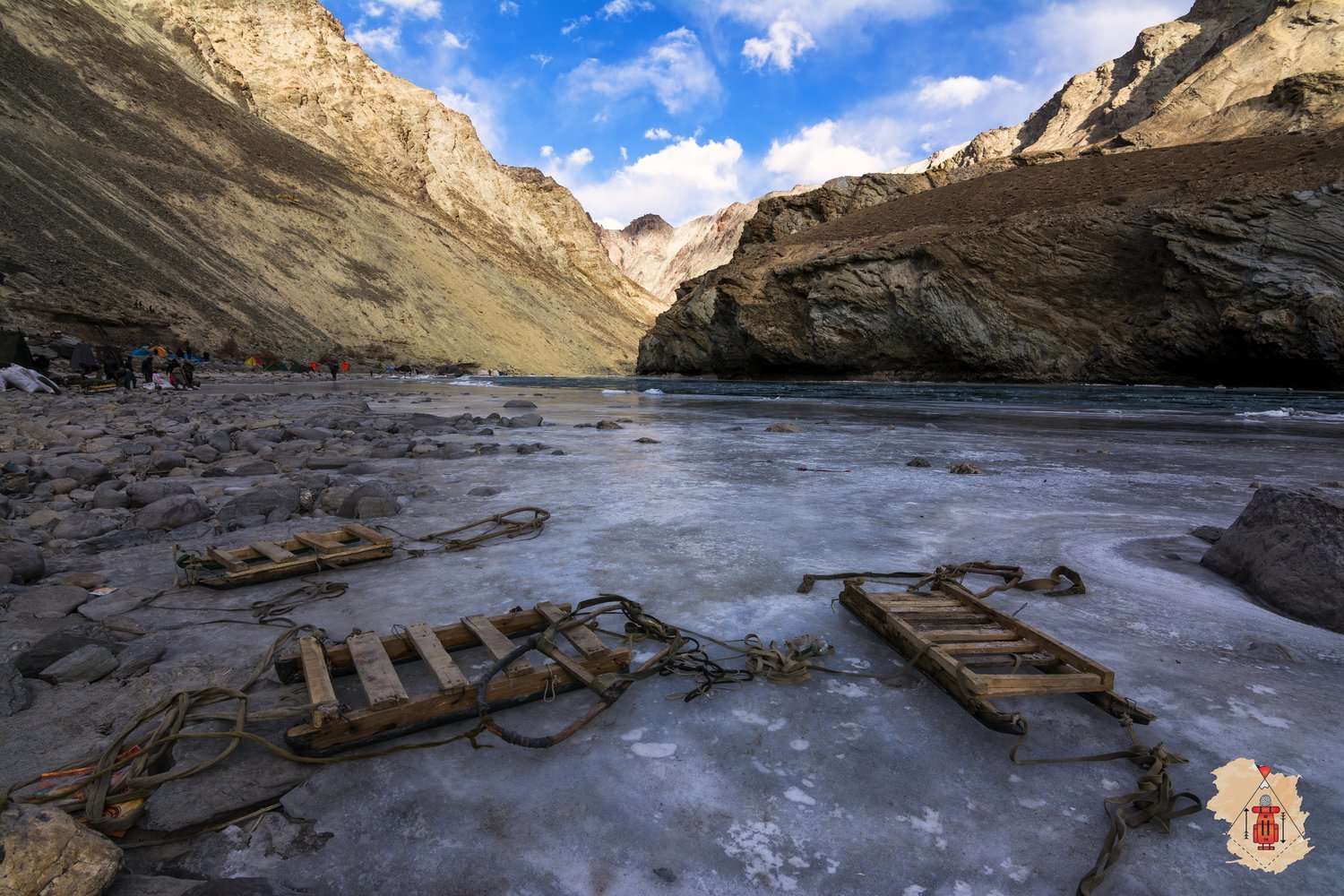
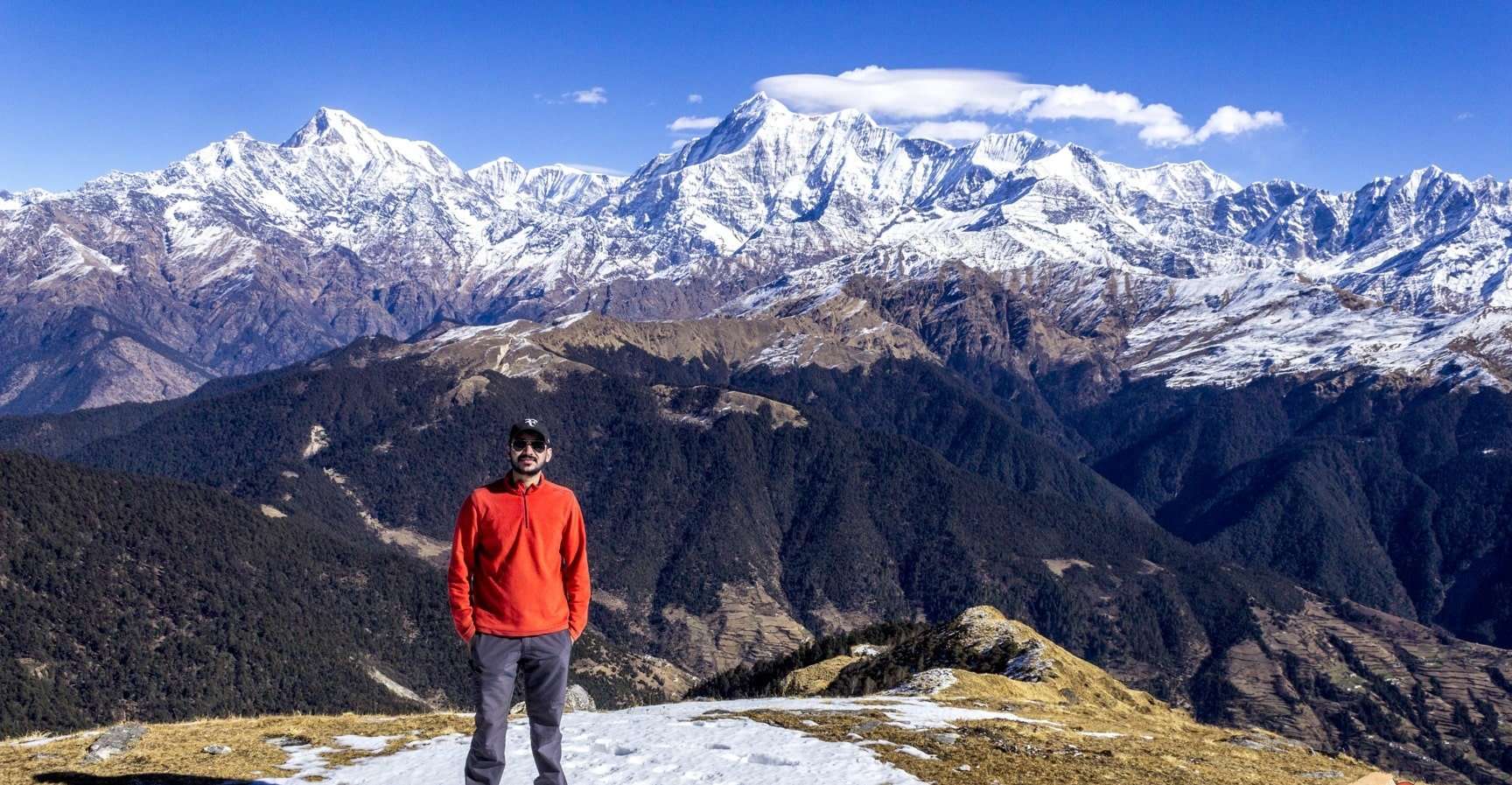
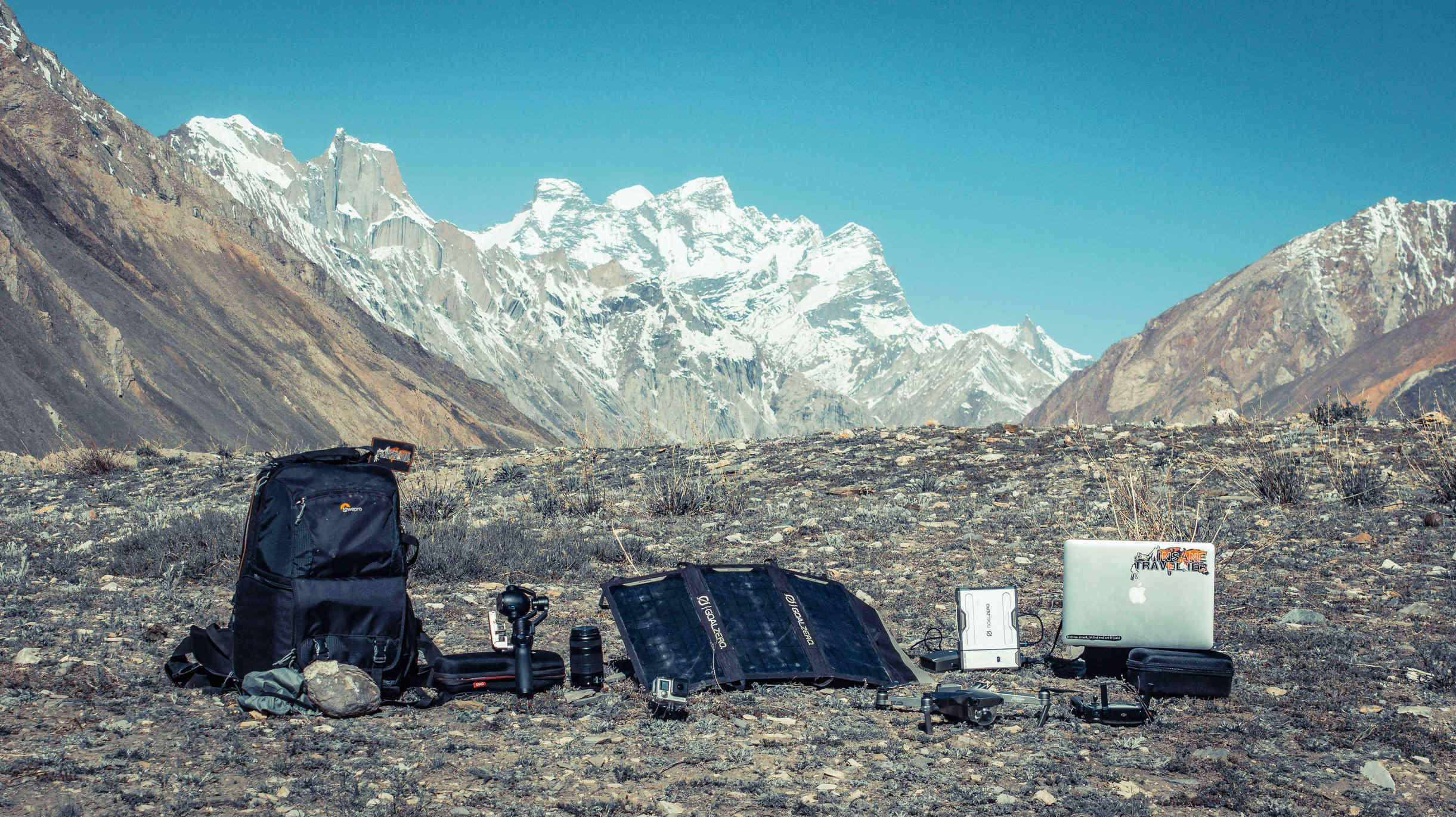
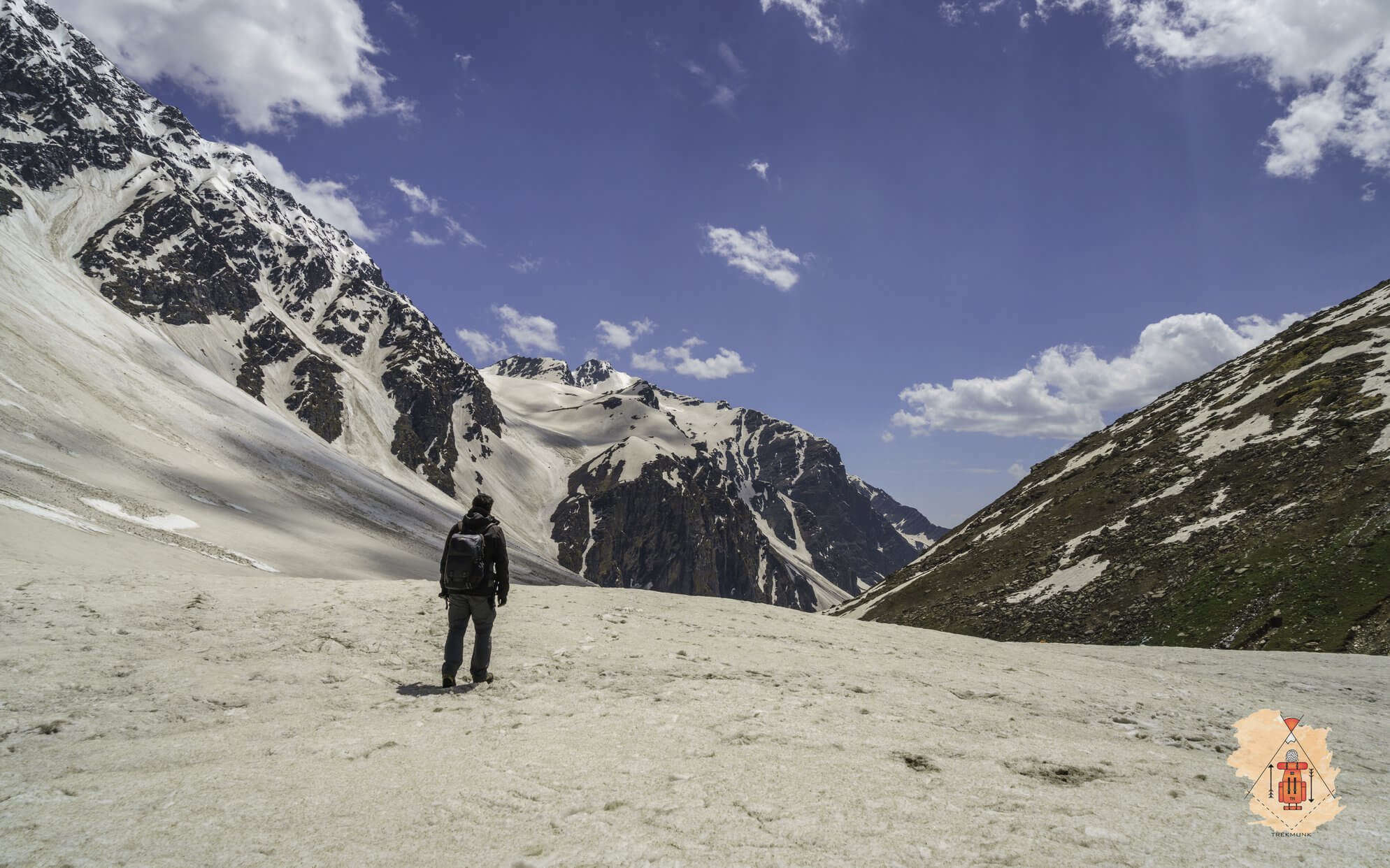
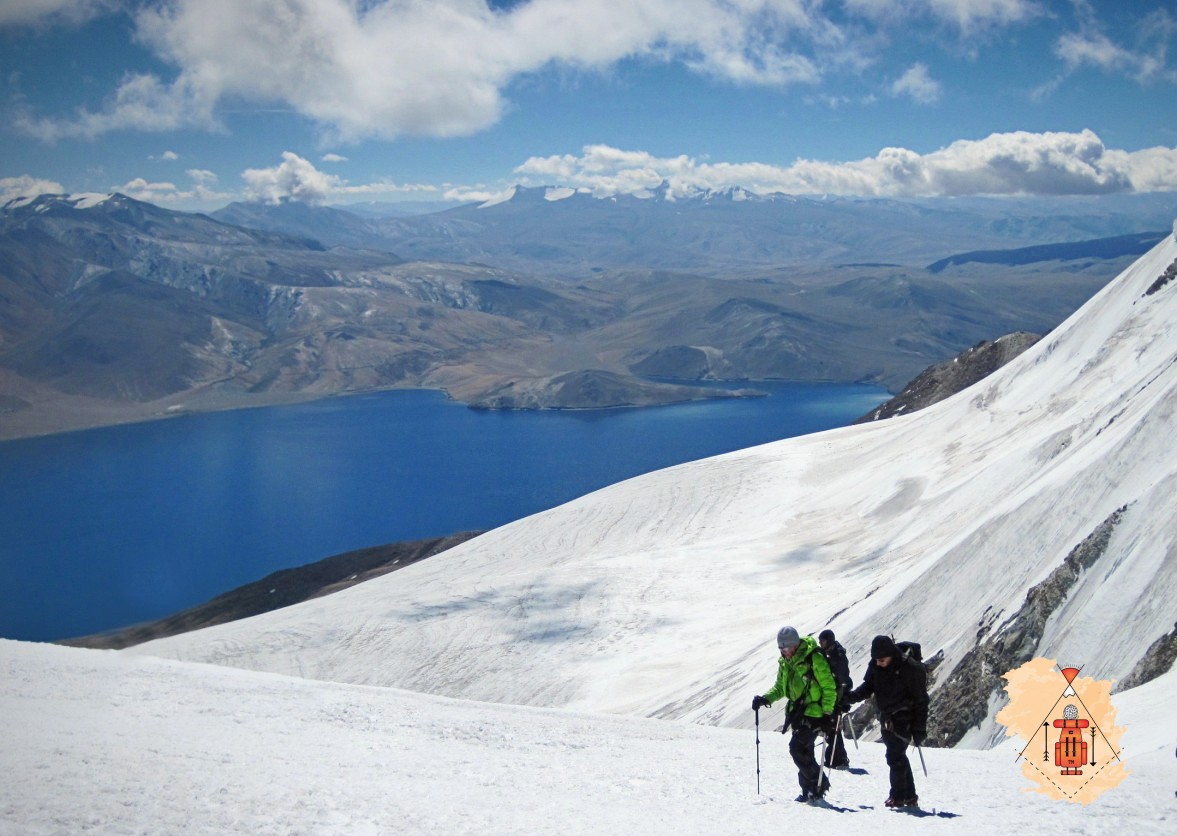
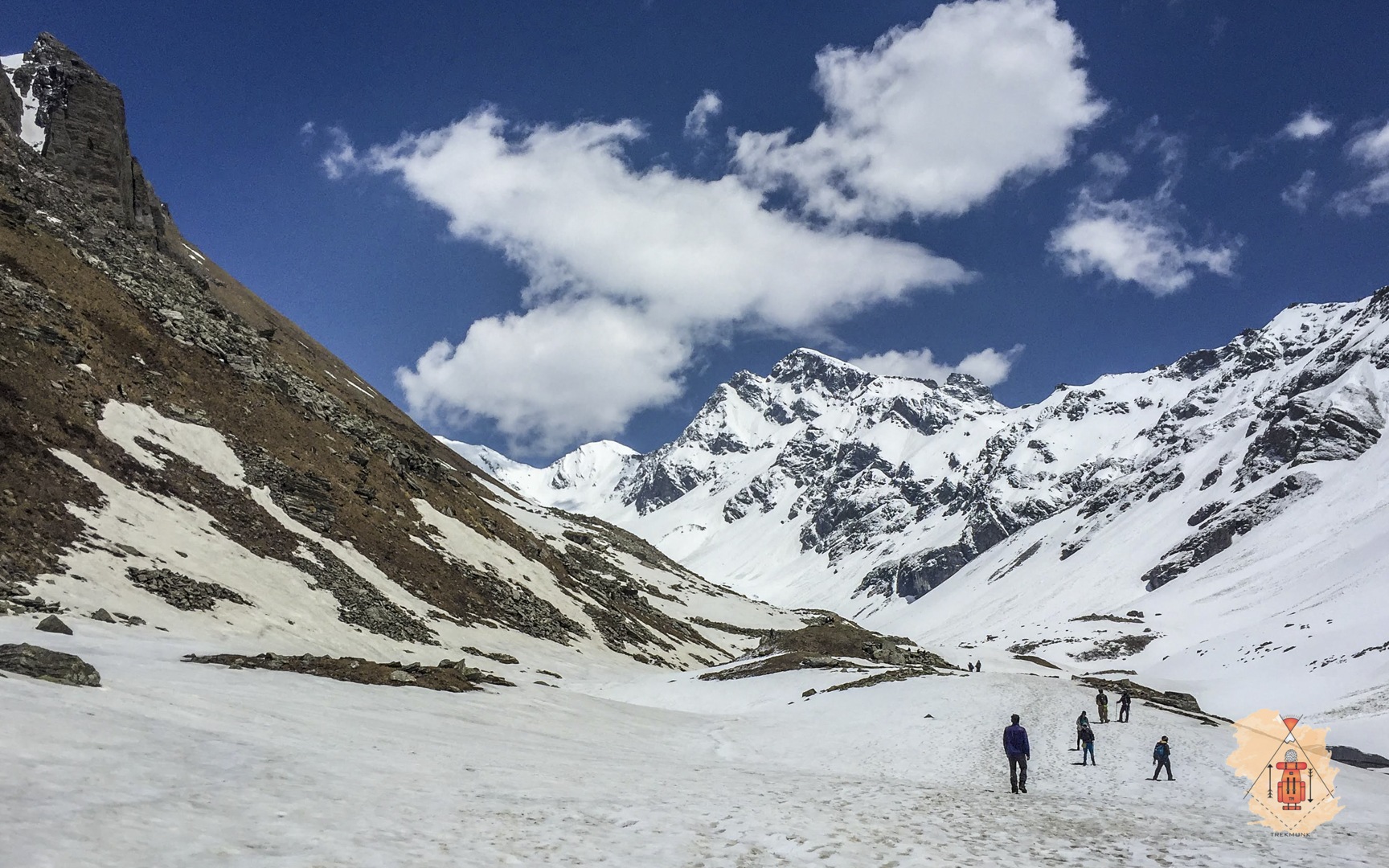
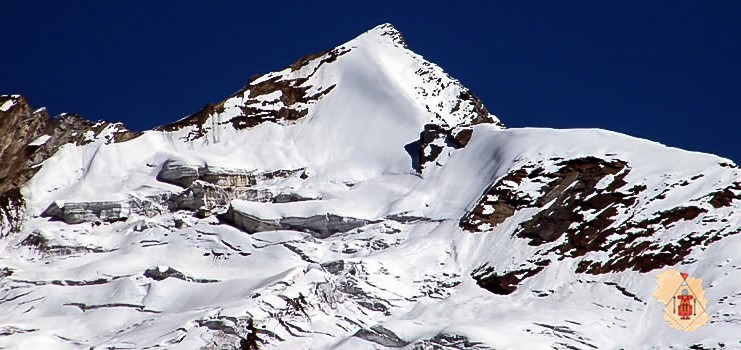
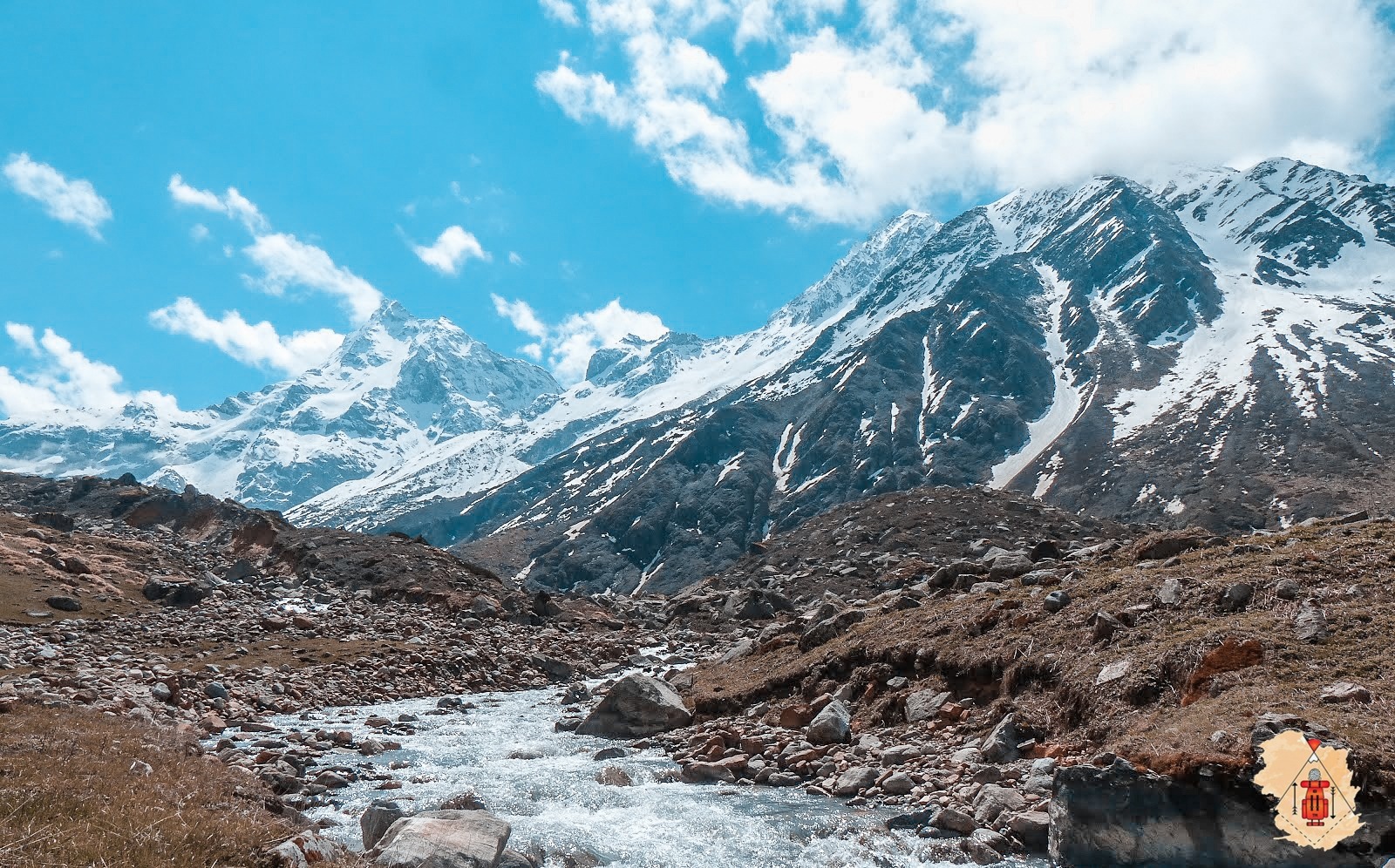
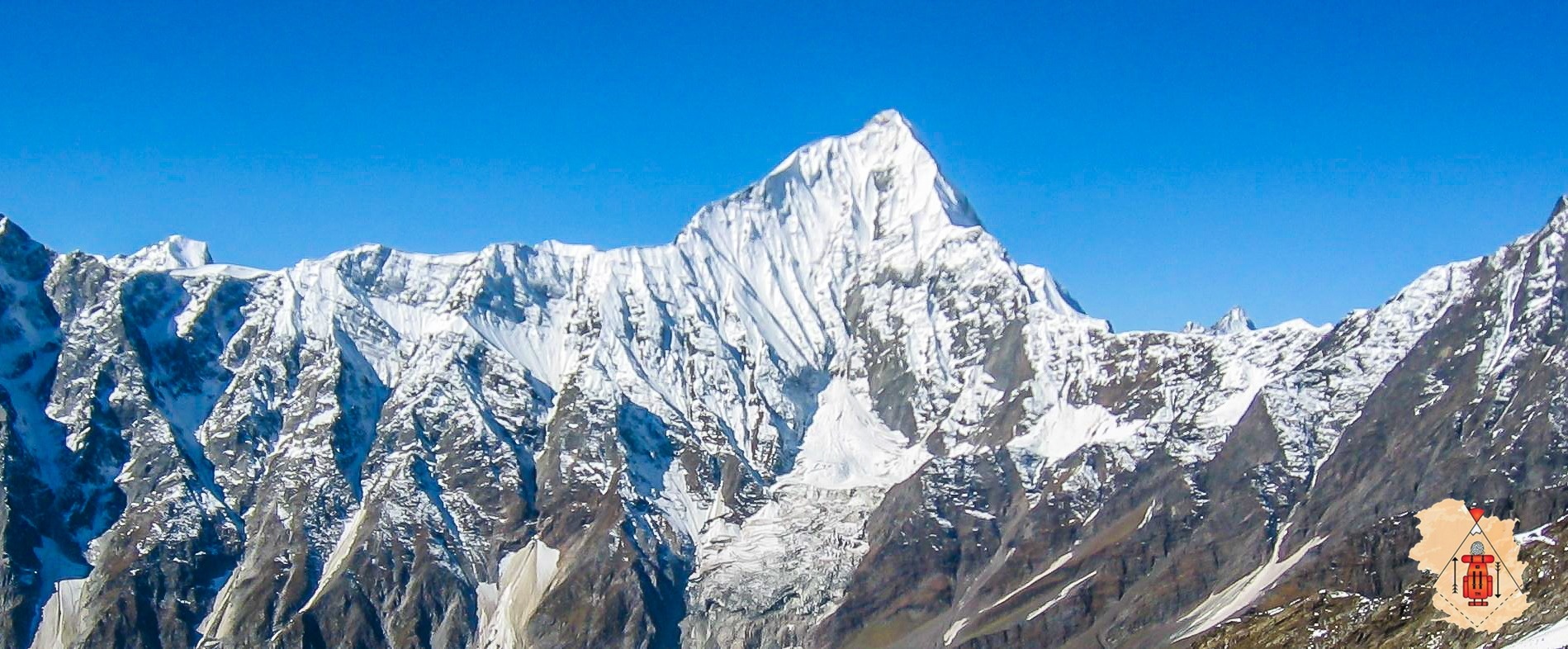
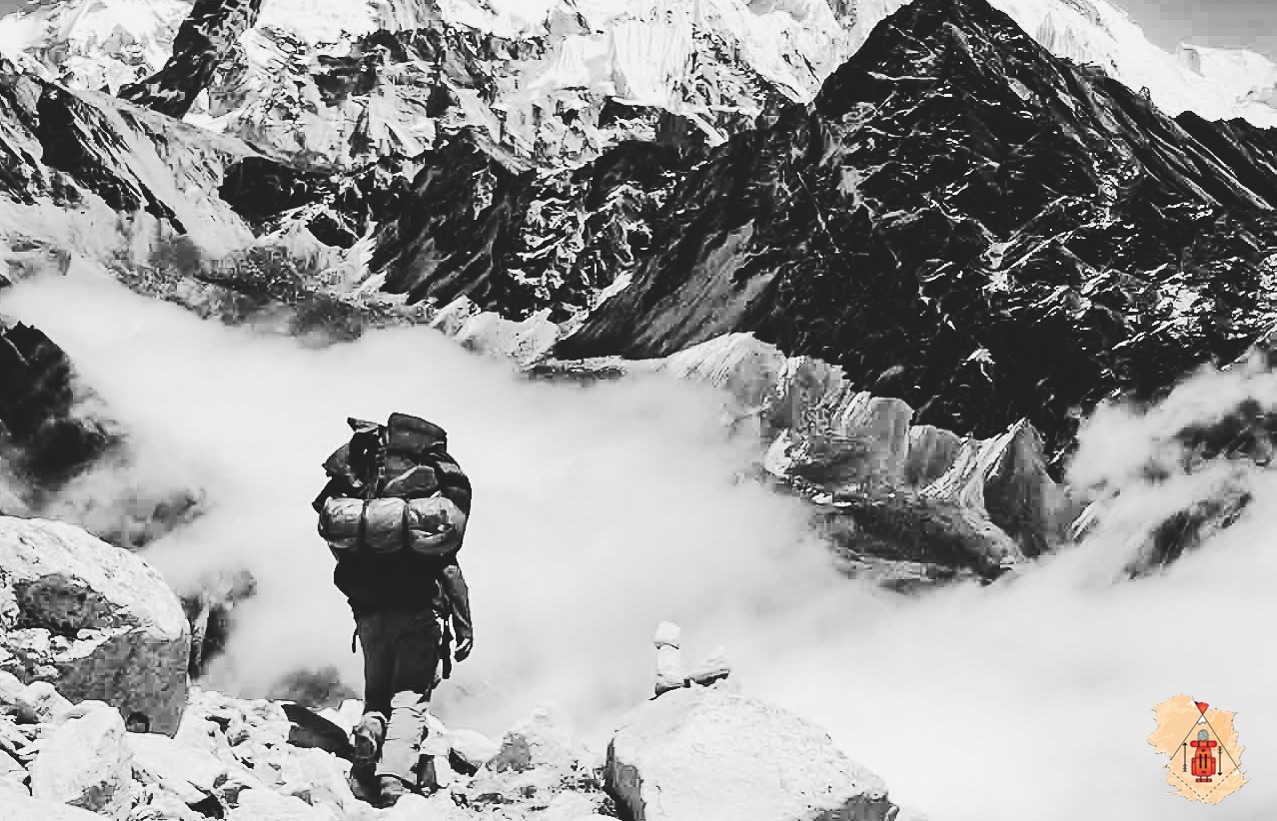
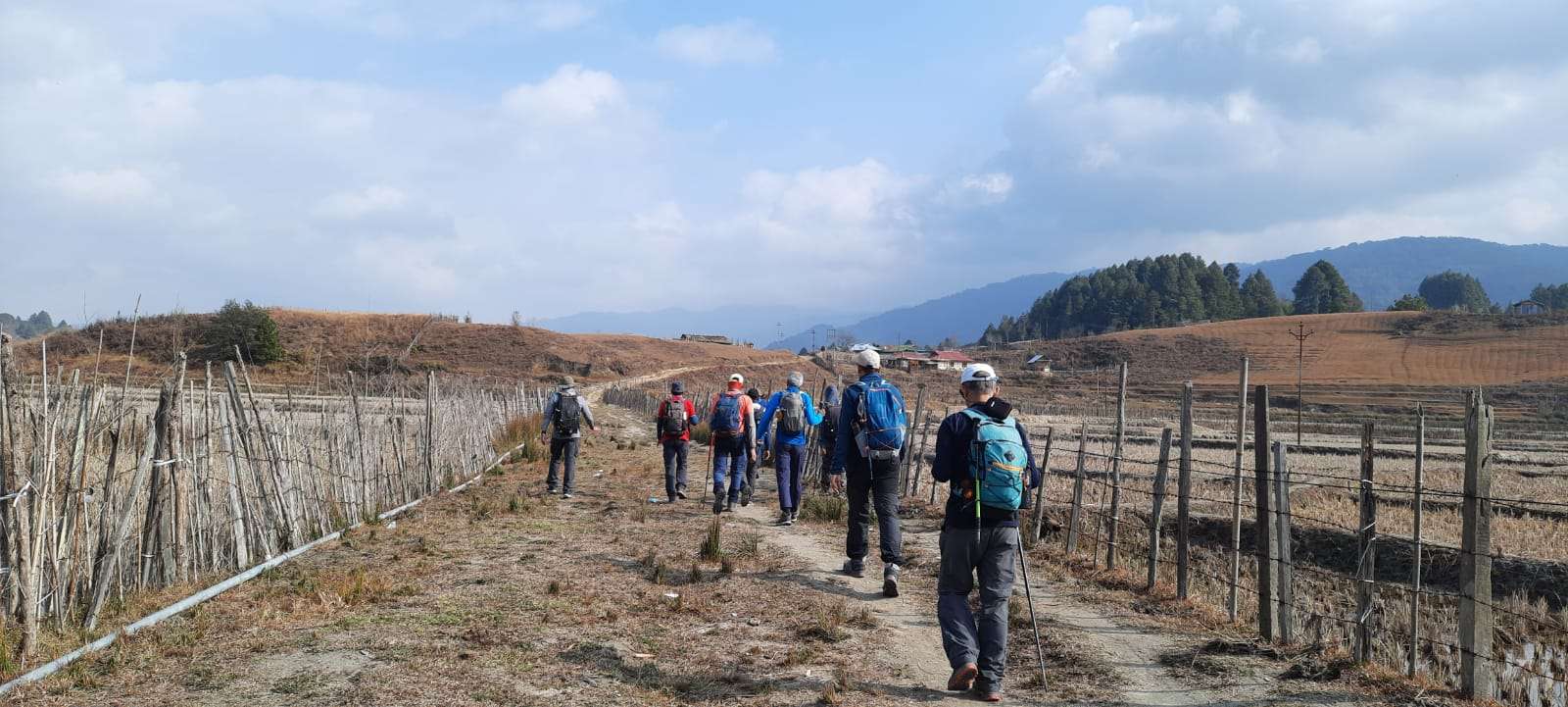
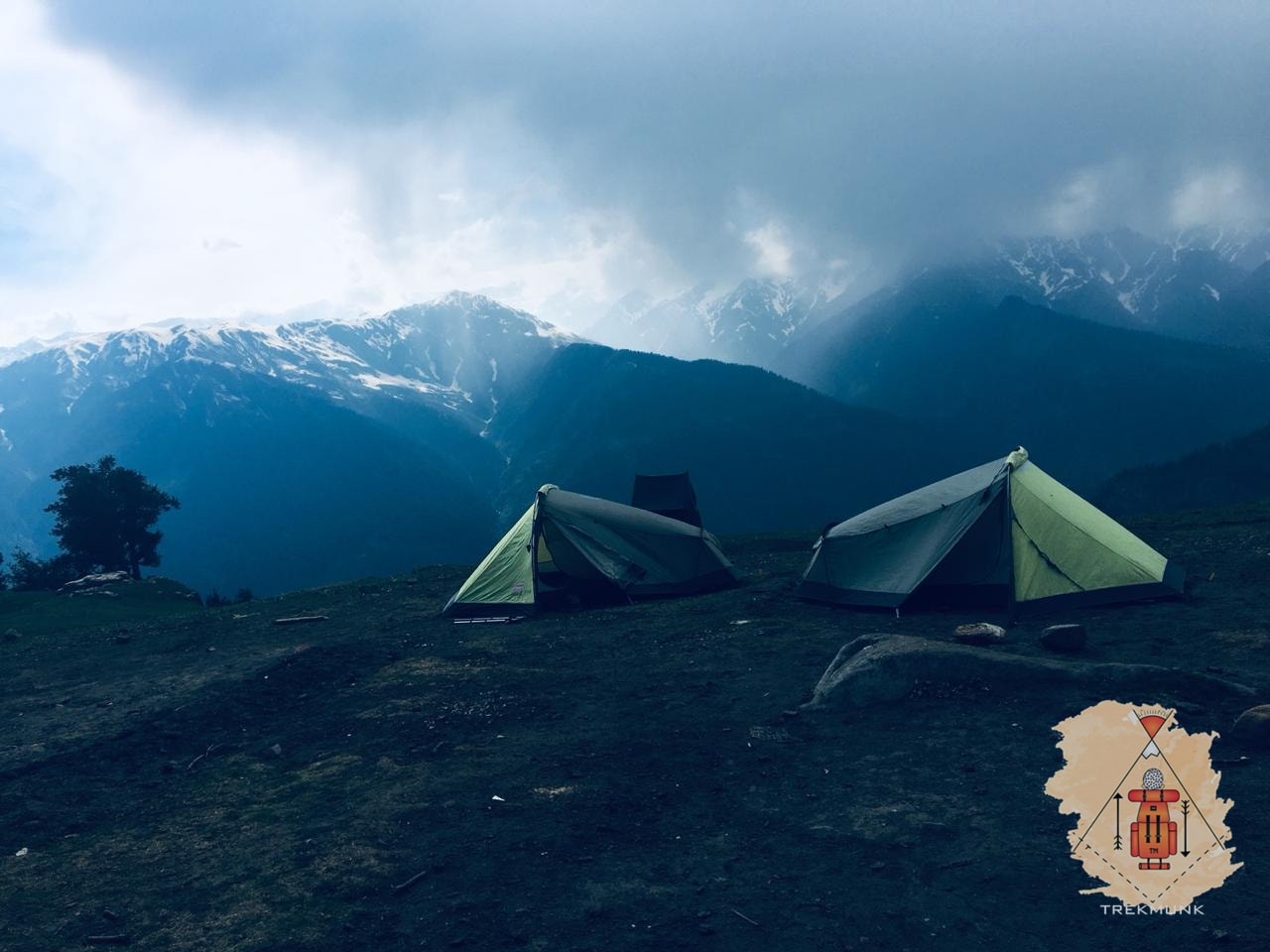
Harshit Patel : Co-Founder at Trekmunk. A certified Mountaineer, Skiier, has led more than 50 high altitude treks in the Indian Himalayas. He is an Engineer by profession but a traveler by passion. He has led treks in Kashmir, Ladakh, Uttarakhand, Himachal Pradesh, West Bengal, Sikkim and Nepal. He is a NOLS certified First Aid Responder and has covered 185,000+ km on Motorcycle. A Poet, Drone Pilot and Videographer at Insane Traveller Productions.